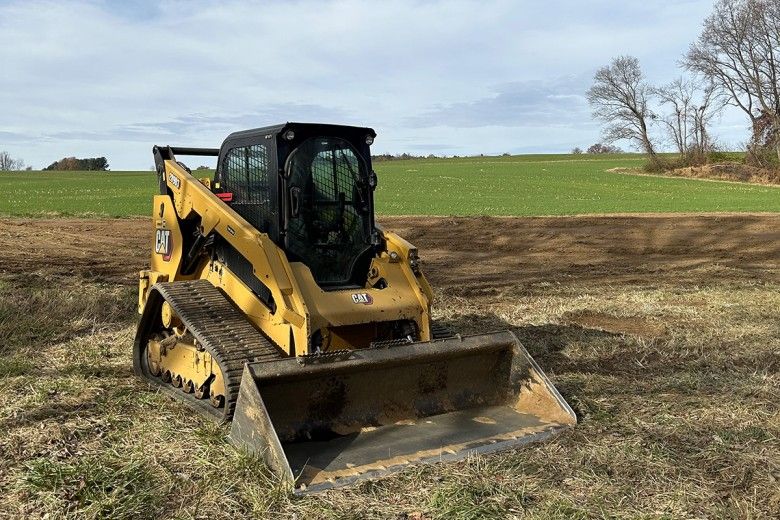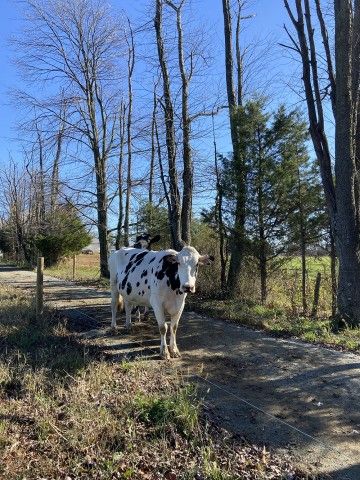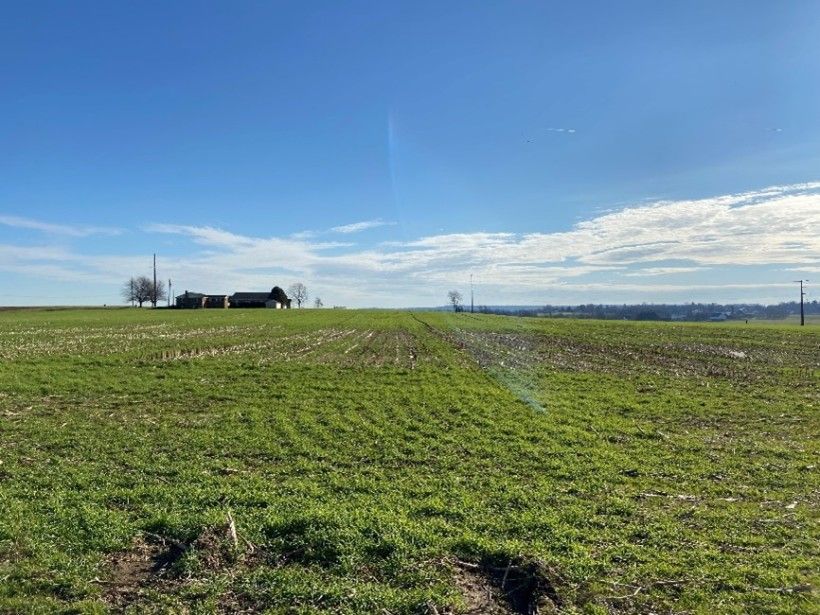Agriculture Spotlight: Winter

Winter is officially upon us. Crops have been harvested and now is the time to prepare for next season’s yield. Some may think that this is when farmers slow down and take a break, but there is never a lull in the life of an agriculturalist. Work continues throughout the colder months to ensure the next growing season is just as successful, if not more, than the last.
Maintenance and Preparation

Spring and summer can be overwhelmingly busy for a farmer, so when the temperatures drop, it is prime time to take stock and perform necessary maintenance around the farm. The winter months are an ideal time to make sure that all farm machinery and equipment are in working condition and ready for the next planting season. It is essential that everything is stored properly to safeguard from freezing temperatures to prevent damage to electrical equipment. Winter is also a good time to take stock of the most recent harvest—what worked and what didn’t—in order to prepare for an even more successful harvest the following year.
If the farm raises livestock, it is crucial that all animals are also prepared for the cold. Animal husbandry is not seasonal—it is a year-round responsibility. A farmer will make sure all animals are healthy and have proper shelter for the cold days ahead. Tasks include ensuring that animals have adequate bedding material, easy access to food and water, and for those extra chilly days, outerwear protection, such as calf jackets. This is also a great time to assess finances, markets, and plan for any new major purchases. Preparation can equate to a more successful growing season.
The Importance of Cover Crops

Preparing crop fields is one of the most vital undertakings to complete before winter sets in. If you look at the above photo, what month do you think it is? The sun is shining, and the grass is bright green. No, this is not May or June—this photo was taken in early December around Chester County, PA. One of the most important tasks to do before the first frost is to plant cover crops on recently harvested fields with enough time to germinate.
Cover crops are plants such as radish, clover, wheat, rye, alfalfa, and several species of grass, which are planted before the cold months to protect a farmer’s most valuable asset, the soil. Depending on the objective of the farmer, some cover crops, including oats and alfalfa, can be used as cash crops. But the main intent of a cover crop is to protect and improve the soil.
Cover crops not only safeguard and enrich the soil, but they are also known to increase crop yields, prevent erosion and loss of nutrients, suppress weeds, and create a more biodiverse habitat. By reducing soil compaction and increasing nutrients, as well as moisture in the soil, cover crops help to prepare the ground for the next planting season.
Certain cover crops are also a great alternative to synthetic fertilizers—certain grasses are known to uptake nitrogen from the soil and prevent it from running off or entering the groundwater, while legumes are known to add nitrogen to the soil. Additionally, cover crops have the ability to capture atmospheric carbon dioxide. After their residue has been incorporated into the soil, the CO2 will be stored.
As you can see, there really is no “off-season” in the life of a farmer. The cold season can be just as busy and productive as the warmer months, and spring will be here before we know it. Stay safe and stay warm this chilly season.
Sources
- Cover Crops and Crop Rotation | USDA
- Cover Crops Play a Starring Role in Climate Change Mitigation | Farmers.gov
- Growing Cover Crops for Nitrogen on Vegetable Farms | PSU
- Cover Crops for Sustainable Crop Rotations | SARE
- Tribouillois H, Constantin J, Justes E. Cover crops mitigate direct greenhouse gases balance but reduce drainage under climate change scenarios in temperate climate with dry summers. Glob Chang Biol. 2018 Jun;24(6):2513-2529. doi: 10.1111/gcb.14091. Epub 2018 Mar 8. PMID: 29443447.